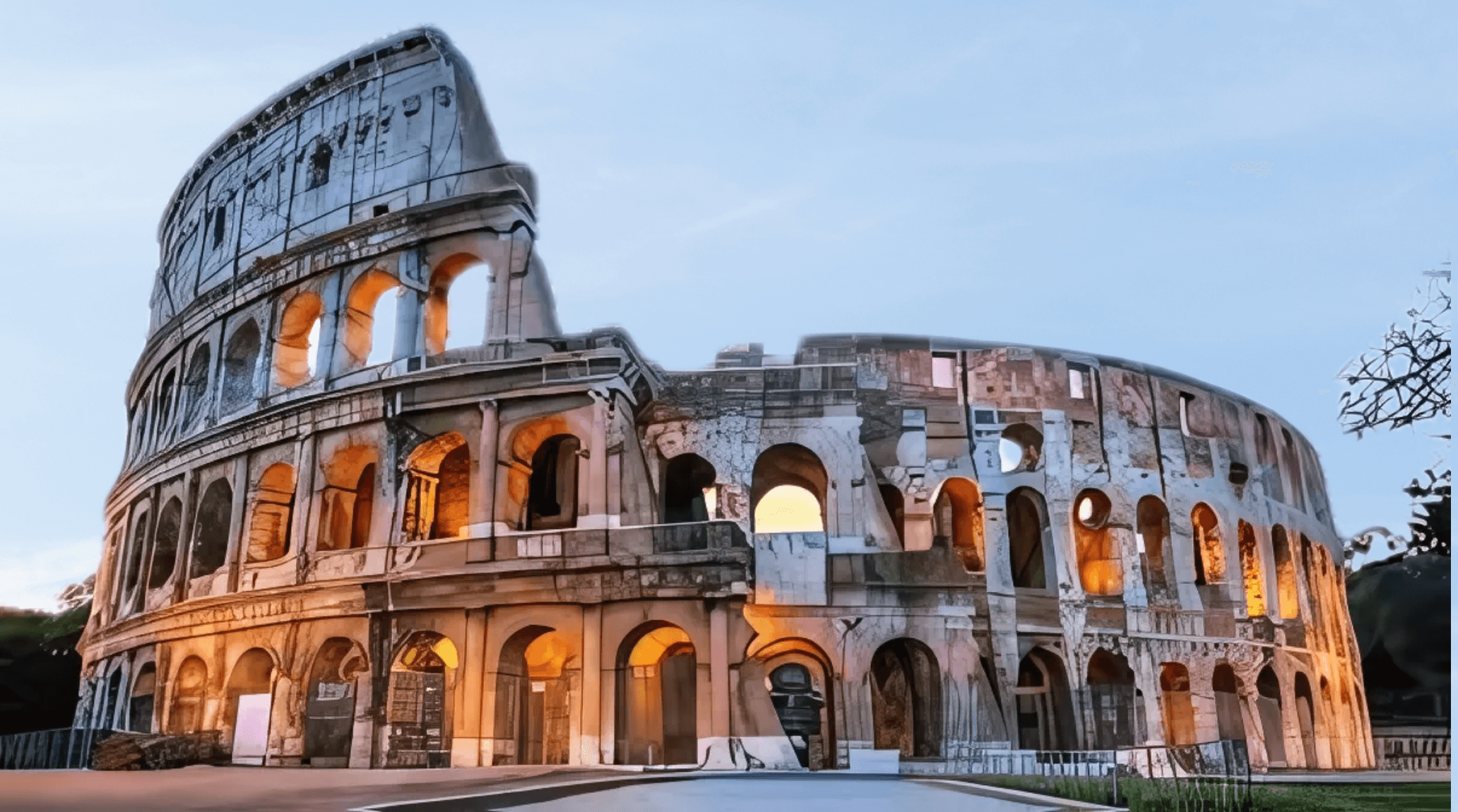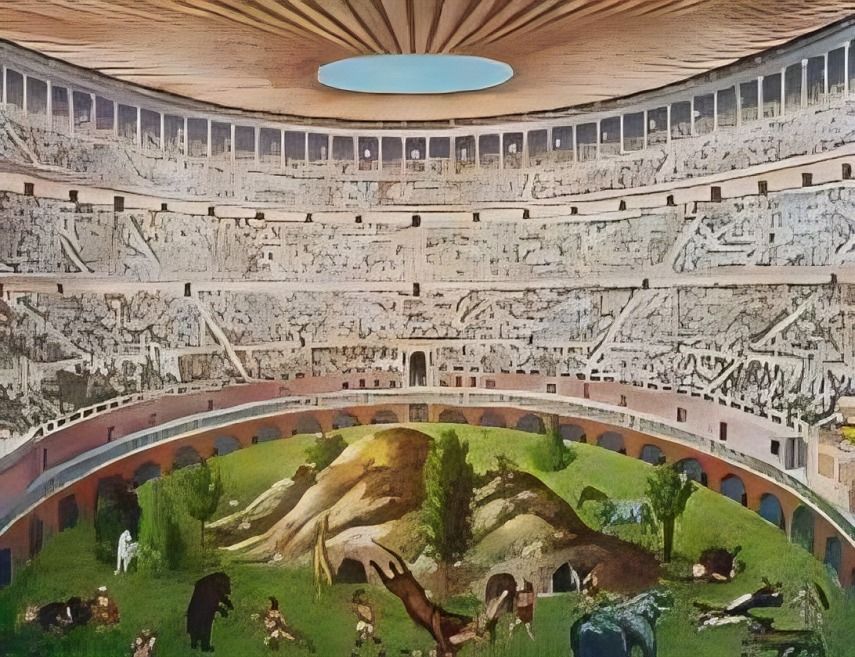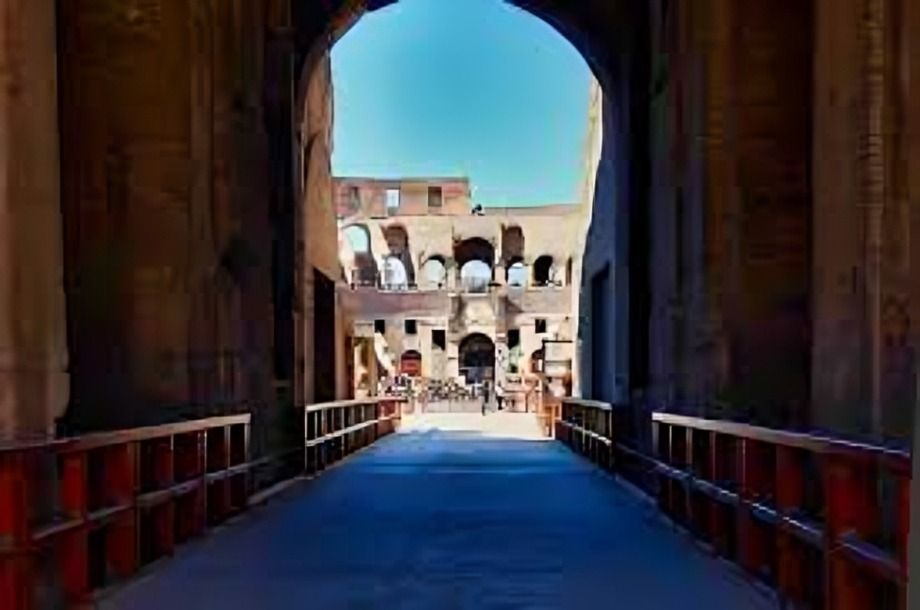
“
The Colosseum in Rome stands as a timeless symbol of ancient Roman engineering, grandeur, and blood-pumping history. Known as the Arena of Gladiatorial Battles, it once hosted spectacular shows that captivated millions. Today, it remains one of the most iconic landmarks in the world, attracting visitors from all over. In this blog, we explore amazing facts about the Colosseum in Rome: Arena of Gladiatorial Battles, shedding light on its history, architecture, and the epic events that unfolded within its walls. Prepare to be amazed by the secrets of this ancient marvel!1
1
”
The Colosseum, originally called the Flavian Amphitheater, was commissioned by Emperor Vespasian and completed by Titus in 80 AD, built over Nero’s lake to symbolize Rome's resilience and power. 1
This massive structure could seat around 50,000 spectators and was ingeniously designed with 80 entrances, allowing crowds to exit the venue in mere minutes—a safety innovation.2
Gladiators fought here, often to the death, in spectacles that thrilled Roman citizens. Many gladiators were slaves, and their battles became symbols of Roman entertainment. 3
At major Colosseum events, often funded by emperors, entry was free, with occasional free food. These events boosted public support and popularity for the emperors through generosity and entertainment. 4

At some Colosseum events, up to 10,000 animals were slaughtered in a single day, highlighting the extreme brutality of the games. These spectacles were often held to entertain and impress the public.
The first games at the Colosseum were held in 80 A.D. under Emperor Titus, lasting 100 days. Gladiatorial games continued until the 5th century, while animal hunts persisted until the 6th century. 5
To protect spectators from the heat in Ancient Rome, the Colosseum had a velarium, a large cloth awning that could be pulled over the seating area for shade during events. This clever design kept visitors cool. 6
Beneath the Colosseum were rooms and tunnels where animals and gladiators awaited their turn to fight. The arena also had 36 trap doors for special effects, adding drama to the events above. 7
In 1349, a devastating earthquake struck Rome, causing the Colosseum’s south side to collapse. This damage gave the Flavian Amphitheatre its iconic appearance, which remains visible to this day. 8

After the Jewish-Roman War, many Jewish slaves, estimated at 60,000 to 100,000, were forced to work on the Colosseum’s construction, following the sacking of Jerusalem's temple and the capture of its inhabitants.
The Colosseum was built after the chaotic Year of the Four Emperors (69 CE) to revitalize Rome. Emperor Vespasian intended it as a grand entertainment venue for gladiatorial games, animal hunts, and mock naval battles. 9
The fourth story of the Colosseum features pilasters and Corinthian capitals, lacking arches. Instead, small windows supported by plinths, likely for the Velarium. The arches below were adorned with statues of gods and emperors. 10
The Colosseum's arena had a wooden floor covered with 15cm of sand, often dyed red to mask blood. Measuring 83 by 48 meters, it featured 36 trap doors for dramatic entrances during events. 11
Emperor Domitian, Vespasian's second son, added the Hypogeum to the Colosseum. This two-level underground network housed gladiators and animals. Hegmata machinery hoisted heavy animals into the arena for the events. 12

The Colosseum featured a Gate of Life for victorious gladiators and a Gate of Death for the fallen. It also had a hydraulic system for mock sea battles and was protected by a 15-foot wall and ditch.
The Colosseum was designed not only for grand performances but also for public convenience, featuring hundreds of fountains and an extensive network of aqueducts and pipes to supply water to spectators. 13
The Colosseum’s construction was made possible by Roman advancements in technology, particularly the invention of concrete and the use of vaulted arches, allowing for the rapid building of this massive structure. 14
The Colosseum is one of the New Seven Wonders of the World. It was officially dedicated in 80 CE by Emperor Titus, who celebrated with 100 days of games. In 82 CE, Domitian added the top story. 15
With over seven million visitors annually, the Colosseum is Italy's most popular tourist destination and ranks among the world’s top attractions, drawing visitors from all corners of the globe. 16
The Colosseum, an emblem of Rome, evolved from a grand amphitheater to a stone quarry and iconic monument. Its architectural grandeur and influence on Roman culture remain undeniable, symbolizing the empire's lasting legacy. 17


